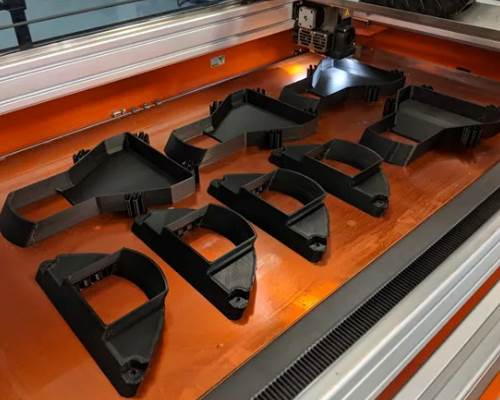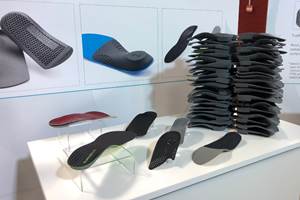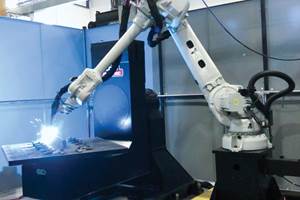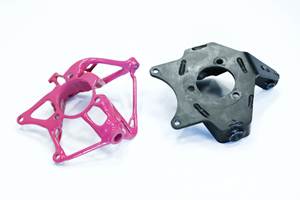Production additive manufacturing (AM) was once something to look forward to, a future application of 3D printing technology. Early adopters of 3D printing for rapid prototyping saw its value for design iteration and product development, but the material choices and systems were too limited to consider those early prints as final production parts. But times have changed. Where there was once just one type of 3D printing, there are now seven distinct families of processes and many, many machine suppliers. AM’s material portfolio is growing, adding new metal alloys, polymers and even composites all the time. Software is making the process more consistent and reliable, while also enabling next-generation designs that only additive can make. Production AM has officially arrived.
This doesn’t mean that additive manufacturing will replace machining or injection molding or casting. It does mean, however, that manufacturers have an increasing variety of choices available. AM is the right choice when it provides benefits such as speed, assembly consolidation, lightweighting, cost savings and material advantages. The video below introduces some additive manufacturing and 3D printing basics including scenarios where the technology is best applied.
While some manufacturers choose to center their businesses on production AM, it doesn’t need to be an all-or-nothing proposition. Many additive manufacturers begin by 3D printing prototypes, fixtures or tooling, and find their way into production of metal or plastic components. Speed, flexibility and better designs are all possible when the prototyping technology can also function as the production method.



